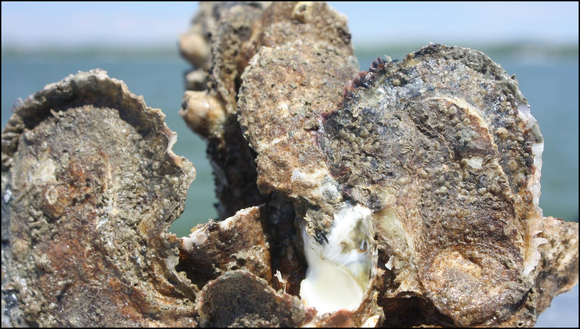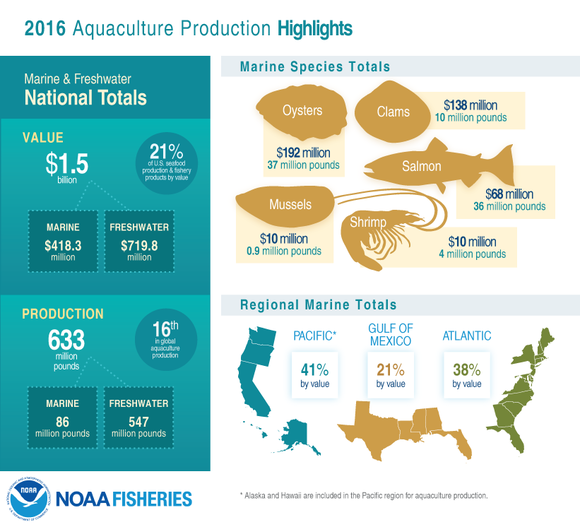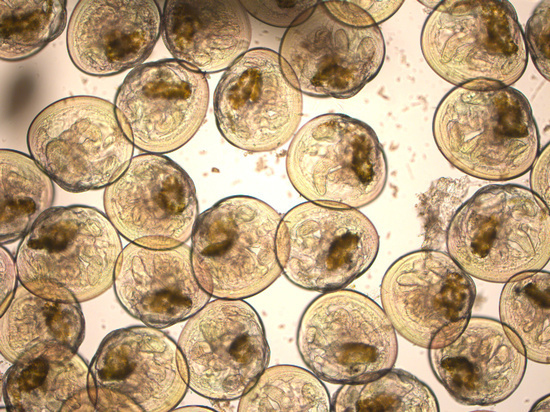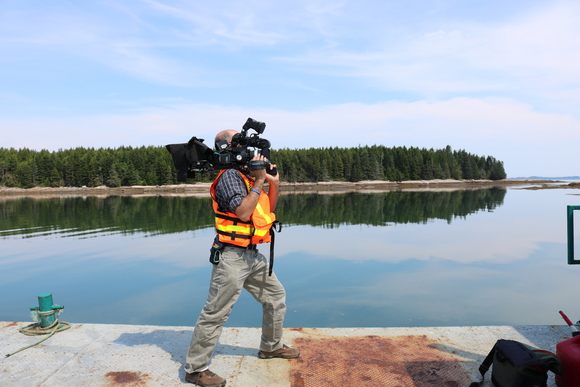 Grant Funds Available for Regional Oyster Aquaculture Consortia
The Interstate Marine Fisheries Commissions, in partnership with NOAA Fisheries, are seeking proposals to form regionally focused research consortia that will address critical research needs surrounding oyster aquaculture. As part of our efforts to foster responsible aquaculture and seafood security in the US, NOAA Fisheries has provided $3 million to support regional oyster aquaculture consortia through the nation’s Interstate Marine Fisheries Commissions. These competitive grants will be managed through the Atlantic, Gulf and Pacific States Marine Fisheries Commissions.
Each Interstate Marine Fisheries Commission is making approximately $850,000 available annually for the funding period of August 1, 2019 to July 31, 2024 (dependent on appropriations). The funding goal is to form Research Consortiums that will focus on oyster genetics, disease, environmental interactions, regulatory challenges, and economic modeling. Additionally, regional partnerships are encouraged to classify and preserve natural genetic variation in oysters.
Pre-proposals must be submitted as a single file by e-mail no later than 5:00 p.m. CST on Friday, March 15, 2019. Please see the request for proposals below for complete proposal details, qualifying requirements, and submission instructions.
Atlantic States Marine Fisheries Commission: Regional Oyster Aquaculture Consortia
Gulf States Marine Fisheries Commission: Regional Oyster Aquaculture Consortia
Pacific States Marine Fisheries Commission: Regional Oyster Aquaculture Consortia
Study Evaluates Technologies for Early Warning of Algal Toxins in Shellfish
As harmful algal blooms and related human health concerns increase, there is an increasing need to identify and test technologies that may improve existing monitoring programs. A 2018 publication in the journal Marine Drugs supported by the NCCOS Competitive Research Program, documented the efforts of a team of university, state, and federal scientists to evaluate promising technologies for detection of toxins associated with recurrent Alexandrium and Dinophysis blooms on Long Island, NY. These algae can produce classes of toxins which cause paralytic and diarrhetic shellfish poisoning (PSP and DSP), respectively. Read more about the study
The Atlantic, Gulf, and Pacific States Marine Fisheries Commissions are each making funds available to expand seafood farming operations and production to offset the seafood trade deficit in the US. Through these pilot projects, emphasis is being placed on promising but less commercially developed technologies for finfish, shellfish, seaweed, and other relative newcomers to the domestic aquaculture industry. The programs also emphasize the development and deployment of economically and environmentally sustainable aquatic farming techniques and business practices.
The deadline for proposals is April 15, 2019. Information on eligibility and specific application requirements for each region can be found through the NOAA Fisheries grants announcement.
2018 Census on Aquaculture Deadline Extended to March 22, 2019
The U.S. Department of Agriculture, National Agricultural Statistic Service, has extended the deadline to submit completed 2018 Census of Aquaculture surveys to March 22, 2019. Farmers that have not participated in prior Censuses may call 1-888-424-7828 to acquire a Census survey. Every five years the U.S. Department of Agriculture (USDA) surveys aquaculture farmers for production, sales, labor, land use and other information to inform national and state programs that benefit U.S. agriculture. Participation in the Census helps to document the need for U.S. aquaculture to be included in agriculture programs (research, insurance, water conservation, disaster assistance, etc.). Federal and state agencies, legislators and the public often lack an understanding of the scope and breadth of U.S. aquaculture. By taking the time to complete your Census form, the data collected will more completely convey the national, state and local importance of U.S. aquaculture. National aquaculture associations such as the National Aquaculture Association as well as state associations that advocate for industry concerns with regulatory agencies and with elected officials use these data to justify the types of reforms and changes that are necessary. Please do your part to assist our industry by participating in the 2018 Census of Aquaculture. Individual farm data collected by USDA is not shared with federal or state agencies and is only made available as compiled data. For more information about the 2018 Census of Aquaculture, please visit:https://www.nass.usda.gov/Surveys/Guide_to_NASS_Surveys/Census_of_Aquaculture/ index.php.
 New Report Highlights Landings, Value and Economic Impact of U.S. Fishing
Fisheries of the United States provides data on commercial landings and value and recreational catch. It also includes data on the fish processing industry, aquaculture production, imports and exports, and per capita seafood consumption. Fishing and seafood consumption in the United States increased in 2017, with landings and value of U.S. fisheries continuing a strong, positive trend. In 2016, estimated freshwater plus marine U.S. aquaculture production was 633 million pounds with a value of $1.45 billion. Atlantic salmon is the leading species for marine finfish aquaculture (35.7 million pounds), while oysters have the highest volume (36.6 million pounds) for marine shellfish production. For more information on aquaculture production and commercial landings visit the Fisheries of the United States 2017 report page.
U.S.-Japan Bilateral: Two Nations, One Enduring Aquaculture Relationship
The United States and Japan may be separated by thousands of miles, but they have a long-standing partnership through a common goal — advancing the science of sustainable marine aquaculture. Recently, both countries brought together experts to discuss how environmental change affects aquaculture and the science and tools needed to address these changes.
Since 1971, NOAA Fisheries and the Japanese Fisheries Research and Education Agency have collaborated through the U.S.-Japan Natural Resources (UJNR) Aquaculture Panel. An annual meeting framework, the Panel allows scientists to share research results, new technology, and approaches to sustainable seafood farming. Read more about the current and past UJNR collaboration.
 Review of NOAA's Aquaculture Science Program Released
NOAA’s regional fisheries science centers—working closely with industry, non-government organizations, and academia—have made fundamental, positive contributions to the understanding of aquaculture for decades. This is just one of the findings of a new peer review panel report on the state of NOAA’s aquaculture science. Held in 2016–2017, the review was the first-ever external nationwide examination of NOAA’s aquaculture science and research programs. The resulting report highlighted the high quality of research conducted by agency experts for many years, along with gaps and challenges facing the increasingly important aquaculture program. Read the full story here.
 On the Reel: Aquaculture Videos You May Have Missed
The Nature Conservancy in Washington has partnered with NOAA and shellfish farmers to deploy GoPro cameras on farms. This underwater footage is capturing how shellfish gear interacts with local species. Watch the video here.
The Salty Generations: Follows the California aquaculture farmers as they grow sustainable local projects to meet local seafood demand. Watch the video here.
Species in the Spotlight White Abalone Recovery: One of eight abalone species in California, white abalone is critically endangered. Find out what scientists are doing to bring back this iconic sea snail in Southern California. Watch the NOAA produced video here.
|